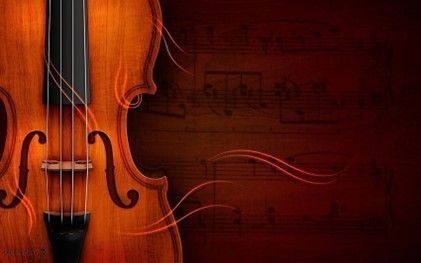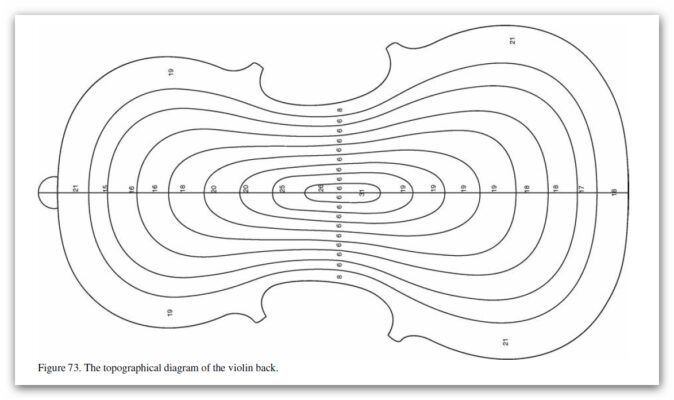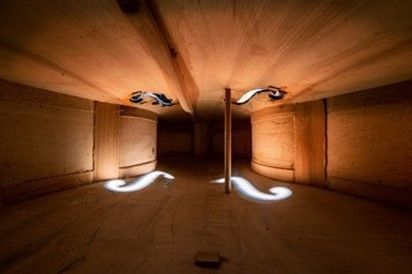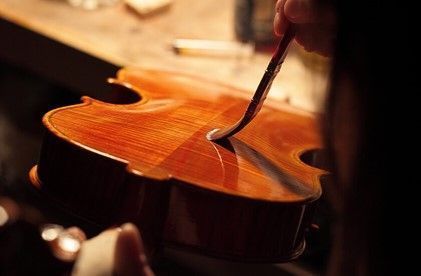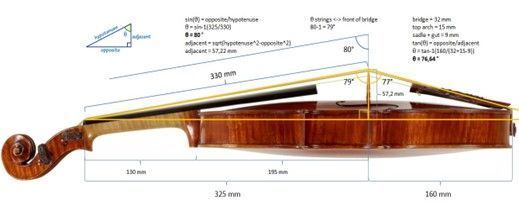Harmonic Ratios & Proportions in Violin Design
Understanding the harmonic proportions in violin design is essential to creating an instrument with exceptional sound quality and tonal balance. These proportions, derived from mathematical relationships and centuries of craftsmanship, contribute to the instrument’s resonance, projection, and overall playability.
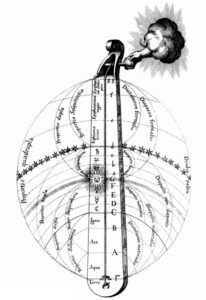
What Is It?
One of the key harmonic proportions is the body length ratio, often adhering to the golden ratio of approximately 1:1.618. This ratio, rooted in the Fibonacci sequence, is believed to result in visually pleasing proportions and is often associated with harmonious aesthetics.
Additionally, the positioning and dimensions of the sound holes, known as F-holes, play a vital role in sound projection and resonance. The distance between the lower edge of the F-hole and the center of the violin’s body, typically around 0.24 to 0.28 times the body length, which is carefully calculated to optimize the instrument’s acoustic properties.
One essential aspect that can be customized is the string length, often referred to as the stop length. The stop length is the distance between the nut (where the strings begin) and the bridge (where they end). It influences the tension and playability of the strings and significantly impacts the overall sound and intonation of the violin.
Your physique and playing style helps determine the ideal stop length for your instrument. Factors such as arm length, finger reach, and preferred string tension are also be taken into account to optimize the playability and comfort of a violin.
Moreover, the length and width ratios of the F-holes and the stop length ratio between the nut and the bridge are meticulously crafted to ensure ideal air resonance and string tension. This contributes to accurate intonation and a balanced, rich sound.
By adhering to these harmonic proportions, skilled violin makers achieve instruments that offer superior sound quality and playability. These proportions serve as a guide, allowing luthiers to create instruments that resonate harmoniously, providing a balanced and expressive voice to the musician.
What Do I Do?
You should seek a luthier who listens and understand your tonal preferences and goals. This includes discussing the desired characteristics of the sound, such as warmth, brightness, projection, and responsiveness. By incorporating your input and preferences, the luthier should guide you in selecting the appropriate tone-woods, arching, and other design elements to achieve the desired tonal qualities.
By opting for a custom-designed violin, you are investing in an instrument that is uniquely suited to your physique and playing style. The collaborative process with the luthier ensures that your violin is personalized to deliver optimal playability, tonal balance, and responsiveness.
Why Does It Matter?
When investing in a violin, it’s crucial to consider the craftsmanship and attention to detail that goes into its design. Violins built with a deep understanding of harmonic proportions are more likely to deliver the tonal qualities and performance characteristics that musicians strive for.
Indeed, the harmonic proportions of a violin, particularly those based on string length, can vary from one person to another due to differences in body physique, playing preferences and styles. When crafting a custom violin, we take into account these important factors. By collaborating closely with the luthier, you can ensure that the instrument is specifically tailored to your unique needs and requirements. This is precisely why opting for a custom-designed violin is an excellent choice.
Furthermore, a custom-made violin provides the flexibility to make adjustments and refinements over time. As you progress as a musician and your needs evolve, your luthier can provide ongoing support and fine-tuning to ensure that your instrument continues to meet your expectations.
We believe that understanding and respecting these harmonic proportions is crucial to delivering a violin of exceptional quality. Our instruments are meticulously crafted to honor these principles Ensuring that you receive an instrument that not only looks stunning but also offers outstanding sound and playability. We would be delighted to work closely with you, considering your unique physique, playing style, and tonal preferences, to craft a custom-designed violin that becomes an extension of your musical voice.
Address
3863B S. Campbell
Springfield, MO 65807
Phone

